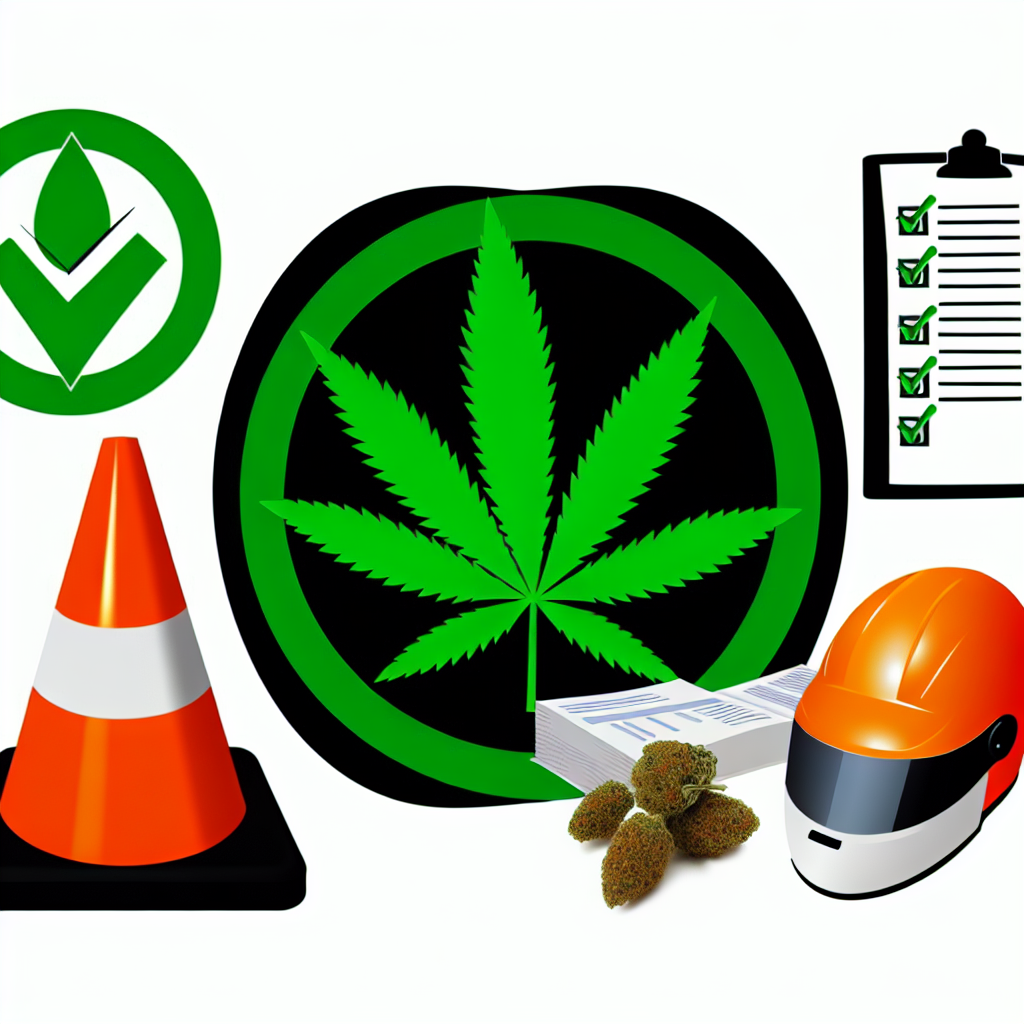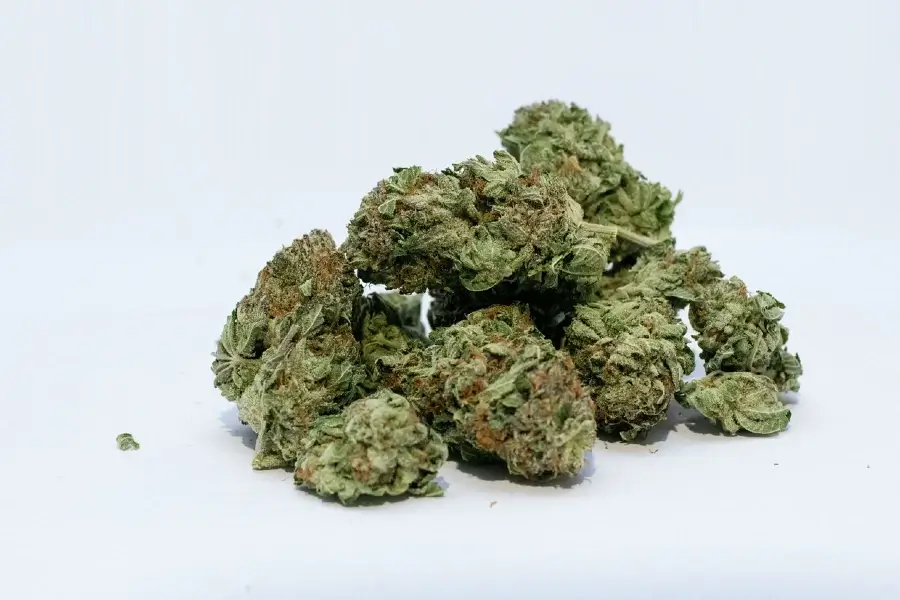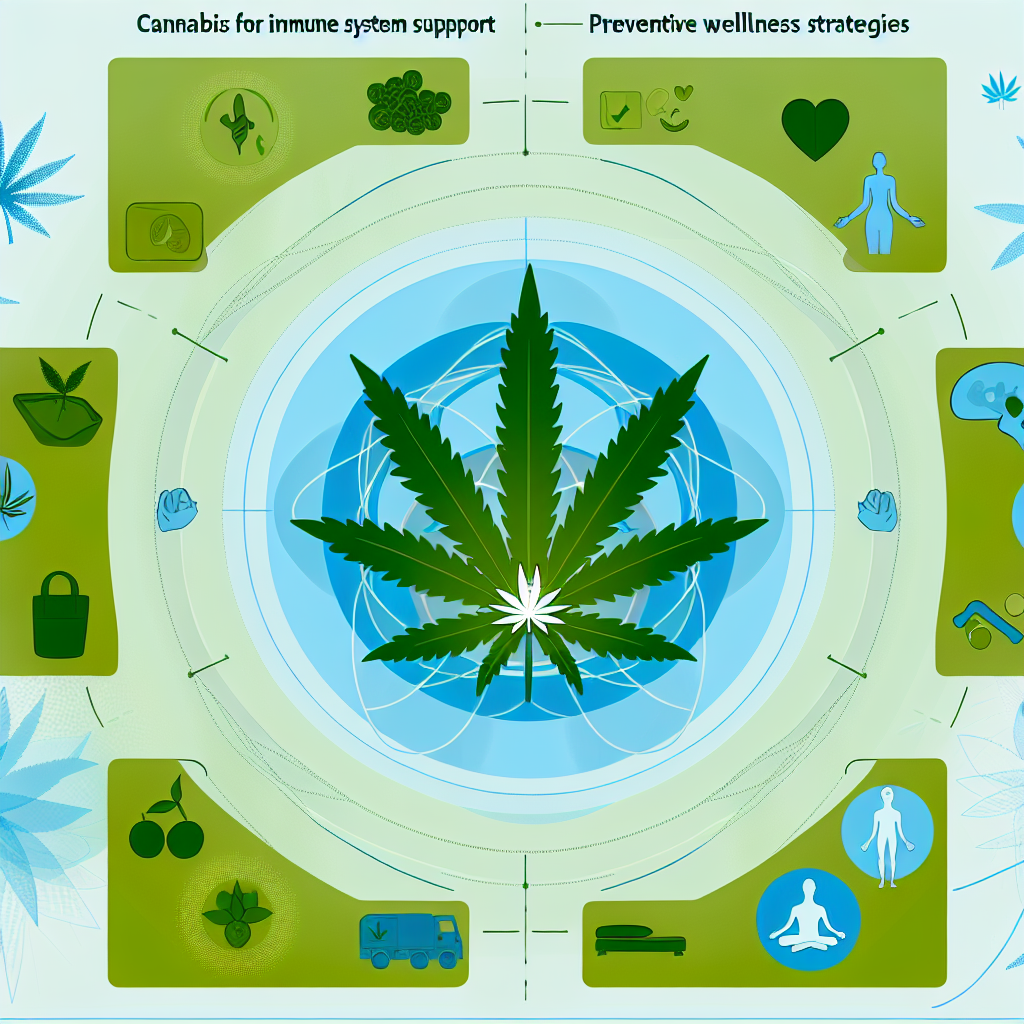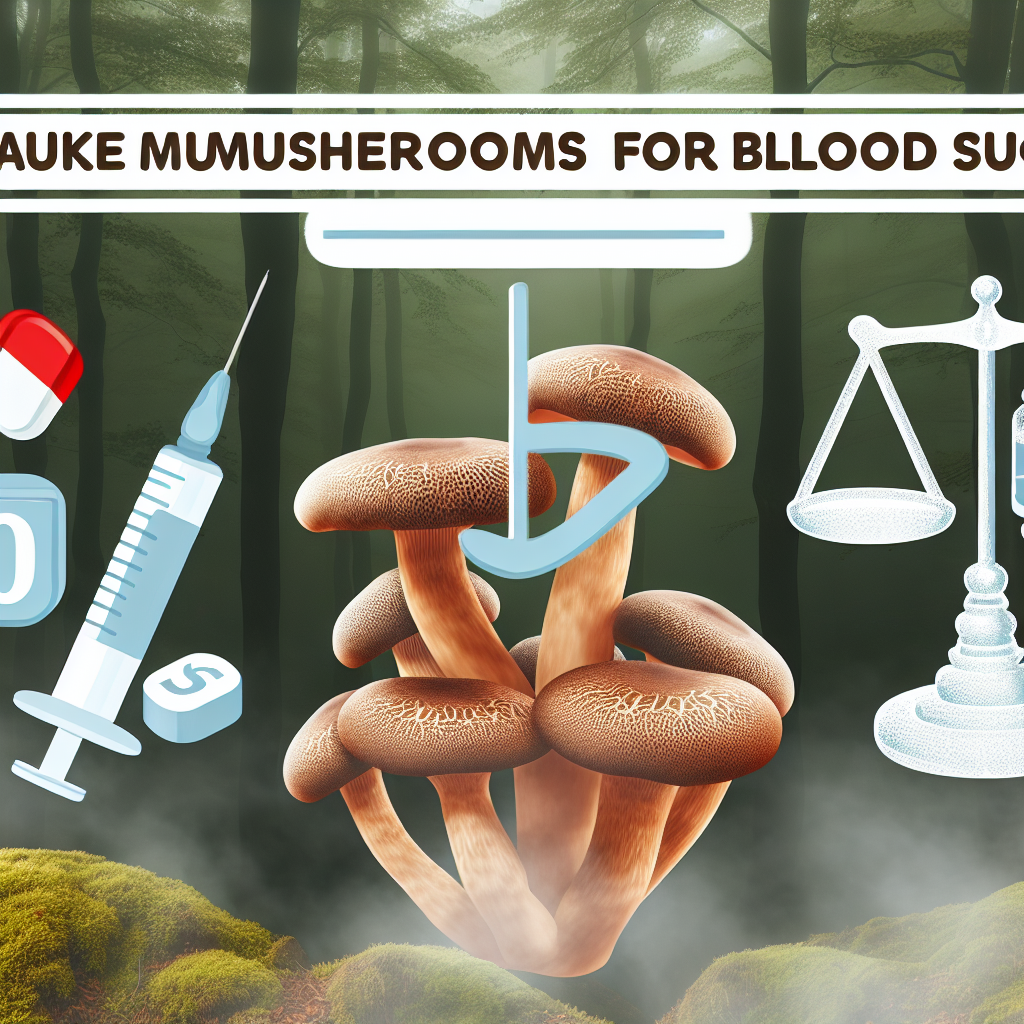Cannabis and Driving Safety: A Wellness Users’ Responsibility Guide
As cannabis becomes a more accepted part of daily life for stress relief, pain management, sleep, and overall well-being, understanding its responsible use—especially when it comes to driving—is a necessity for all wellness-focused users.
Reimagining Cannabis: From Recreation to Wellness
The decriminalization and legalization of cannabis across many regions—especially in North America—has transformed how society views its purpose. No longer confined to recreational use, cannabis is now embraced by millions as a wellness aid to address anxiety, chronic pain, insomnia, and more.
Unlike recreational users, wellness users often incorporate cannabis into their everyday routines. However, this normalization creates a unique challenge: it may lead people to underestimate its potential to impair key functions needed for safe driving.
THC and Driving: Why Impairment Isn’t Always Obvious
Cannabis doesn’t affect everyone the same way. The psychoactive component—THC (tetrahydrocannabinol)—can disrupt judgment, slow reaction times, and decrease coordination. Several factors such as strain, dosage, usage method, tolerance level, and individual metabolism all affect how impaired a person becomes.
Unlike alcohol, where BAC levels provide a clear metric for impairment, THC lacks a reliable “impairment threshold.” A microdose for one person may be manageable, but the same amount could strongly impair someone else—especially a newer or occasional user.
The Data Doesn’t Lie: What Research Says About Cannabis and Driving
📊 NIDA Study: THC Impairs Reaction and Judgment
A 2020 study by the National Institute on Drug Abuse (NIDA) found that THC consumption clearly impairs motor coordination, cognitive performance, and responsiveness behind the wheel.
🧠 JAMA Psychiatry: Legalization Tied to More Traffic Fatalities
JAMA Psychiatry’s 2021 report showed higher traffic fatality rates in states where recreational cannabis was legalized—especially where safety education and impairment guidelines were lacking.
🚗 Canadian Meta-Analysis: Risk Highest Within 3 Hours
A thorough review by the Canadian Drug Policy Coalition confirmed that collision risk is significantly elevated in the three hours following cannabis use—especially edibles or high-THC concentrates, which have delayed onsets and lingering impacts.
Even Microdosing Can Impair: A Wake-Up Call for Wellness Users
Wellness users often believe that small, therapeutic doses don’t impair their abilities. But research suggests otherwise. A landmark study from the University of Iowa’s National Advanced Driving Simulator found that even when participants didn’t “feel high,” their driving performance worsened after THC consumption.
The takeaway? Any THC use—no matter how small—can affect safe driving. Impacts on decision-making, attention, and reaction time may be subtle, but they’re dangerous behind the wheel.
Sobriety Sensors: Current Testing Can’t Guarantee Road Safety
Another complicating factor is that THC remains in the body long after any psychoactive effects wear off. This makes enforcement and self-assessment challenging. Unlike alcohol, where breathalyzers provide clear impairment indicators, cannabis impairment lacks an on-the-spot test.
This means wellness users must be more self-aware than ever. Understanding dosage impact, duration of effects (especially from edibles), and personal sensitivity are vital for making safe decisions.
Better Safe Than Sorry: Tips for Wellness-Oriented Drivers
Just because cannabis is used for your mental or physical health doesn’t mean it can be treated like a vitamin or supplement—the risks are real when it comes to operating a vehicle.
**Best practices for safe usage:**
– 🚫 Do not drive within 6 hours after inhaling cannabis.
– ⏳ Wait at least 8 hours—or longer—after consuming edibles.
– ✍️ Keep a usage diary to monitor how long effects typically last for you.
– 🧘 Seek non-THC alternatives if driving shortly after treatment is necessary.
– 🚗 Use ride-shares or public transportation when in doubt.
– 👁️🗨️ Educate family and wellness communities about responsible use.
By adopting these habits, wellness users can enjoy cannabis‘ benefits without endangering themselves or others.
The Bottom Line: Wellness Begins With Responsibility
Cannabis offers immense therapeutic potential—relieving anxiety, enhancing sleep, easing pain—yet it also bears risks that cannot be ignored. Driving under the influence of THC, even unknowingly, can shatter lives in an instant.
Wellness begins with mindfulness. By acknowledging how cannabis affects your body and making smart, cautious choices about driving, you ensure your wellness path remains one of safety and integrity. Responsible use isn’t just a legal necessity—it’s a moral commitment to the well-being of everyone on the road.
Concise Summary:
This article provides a comprehensive guide for cannabis wellness users on the importance of responsible driving. It explores the science behind THC impairment, debunks myths about microdosing, and offers practical tips to ensure safety on the road. The key message is that cannabis wellness and driving responsibility go hand-in-hand, requiring mindfulness and self-awareness from all users.




